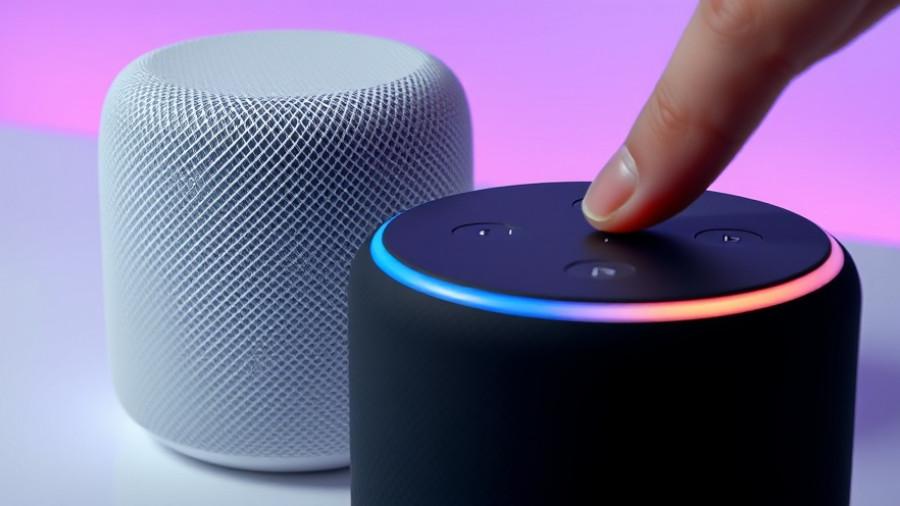
Why You Should Wait Before Buying the HomePod
As homeowners in Southeast Michigan contemplate investing in smart home technology, the recent buzz around Apple's HomePod suggests that now may not be the ideal time for a purchase. Although this leading smart speaker delivers exceptional sound quality and integrates flawlessly into Apple’s ecosystem, upcoming innovations might prompt potential buyers to reconsider their immediate plans.
Current Offerings and Key Features
The HomePod has made a comeback as of January 2023, featuring a sleek design and advanced sound capabilities. Priced at $299, Apple markets it as a high-end smart speaker, distinguishing it from the more budget-friendly $99 HomePod Mini. The latest model boasts a five-tweeter array, an Apple-designed woofer, and spatial audio capabilities that enhance listening experiences across various genres of music.
Despite these impressive specifications, an impending product launch could overshadow the current offerings. Industry insiders hint at a new "Command Center" device, set to enter the market in late 2025 or early 2026. This product aims to expand smart home functionalities, potentially making it a more appealing option for tech-savvy consumers looking to revamp their smart home infrastructure.
Comparative Analysis: HomePod vs. Upcoming Devices
While the HomePod excels in sound quality and smart home integration through Apple’s HomeKit platform and Matter support, its utility could be challenged by the features expected in the forthcoming Command Center. The upcoming device is rumored to integrate a display, allowing for visual interactions and enhanced smart home management—not to mention its potential price point, which may appeal to a broader audience.
Users seeking simplicity and direct integration with existing Apple products might lean towards the HomePod for its ready-to-use features. Conversely, individuals anticipating a comprehensive home management solution may wish to wait for the new offerings, which promise more versatility and functionality.
Localized Perspectives: Smart Home Adoption in Southeast Michigan
Homeowners aged 30-65 in Southeast Michigan are increasingly inclined towards smart home solutions, looking to simplify daily living and enhance home security. While the HomePod is undoubtedly a premium choice, local interest often sways towards practicality—configuring devices that offer robust features without breaking the bank. Factors like the potential Command Center launch could influence buyers in the region to hold off until clarity emerges on the pricing and functionality of these new innovations.
Final Thoughts: Timing Your Smart Home Investment
As the market for smart home technology continues to evolve, the landscape offers exciting opportunities for homeowners. While Apple’s HomePod represents an impressive entry point, the anticipation of newer, more versatile devices may signal a pivotal moment for tech enthusiasts to reassess their investments.
Ultimately, the key takeaway for interested buyers is to remain vigilant about upcoming news. Whether opting for the HomePod, waiting for the Command Center, or considering alternative smart devices, staying informed will allow homeowners to make the best choices for their smart home ecosystems.
 Add Row
Add Row  Add
Add 




Write A Comment